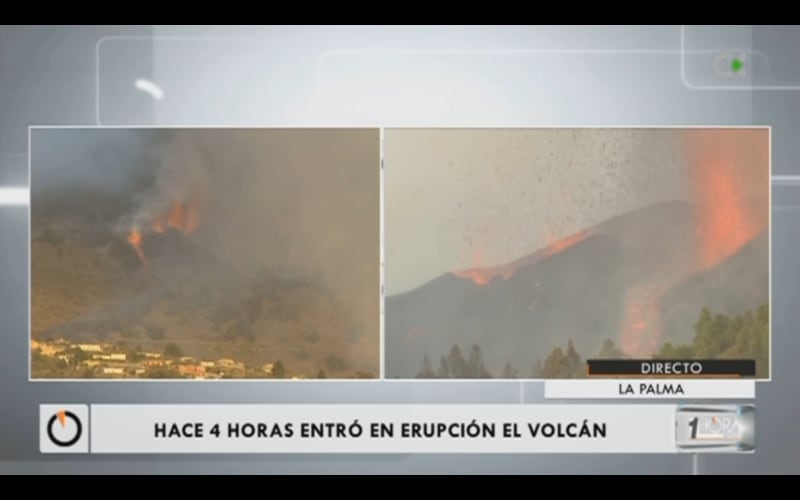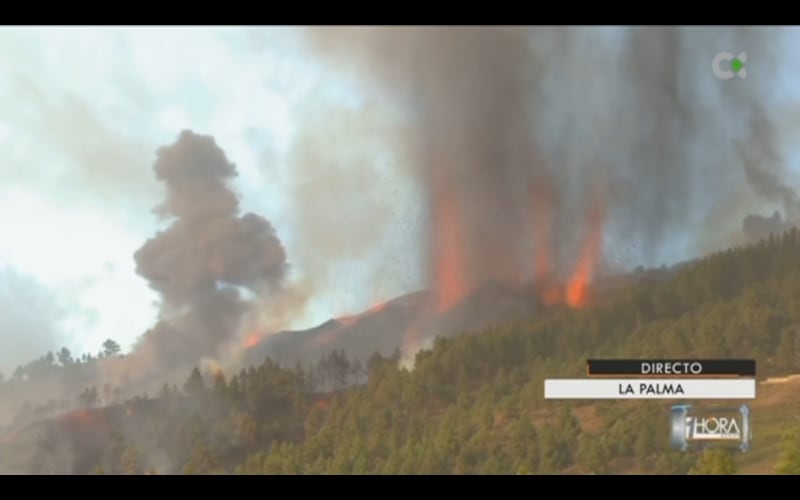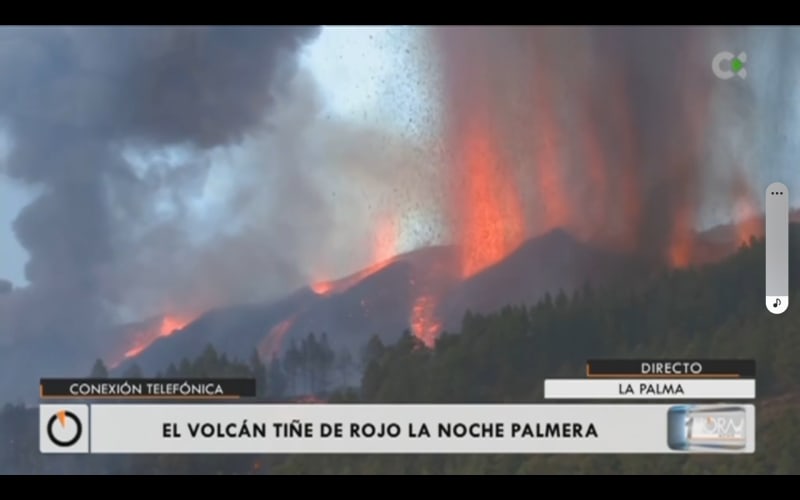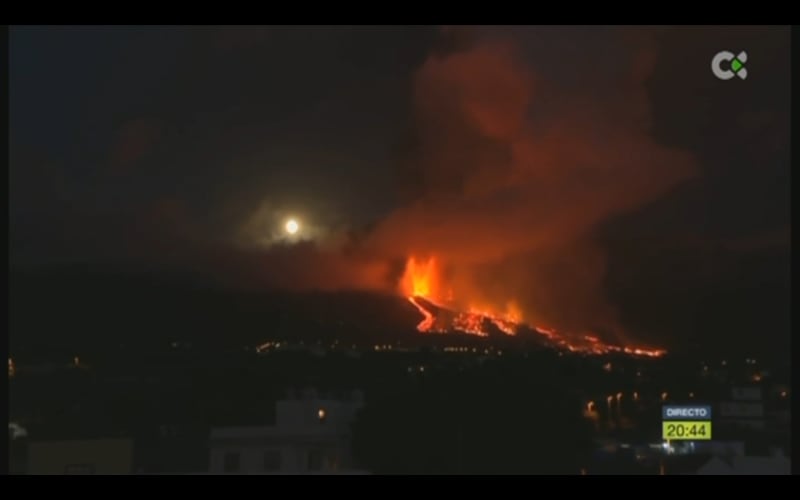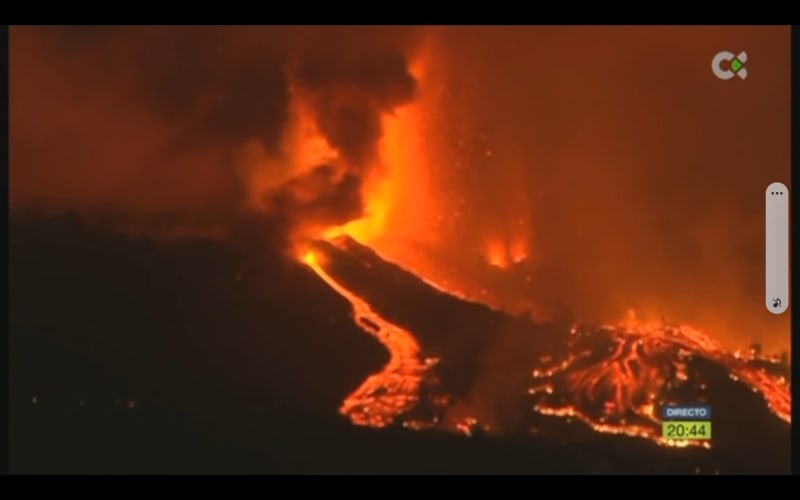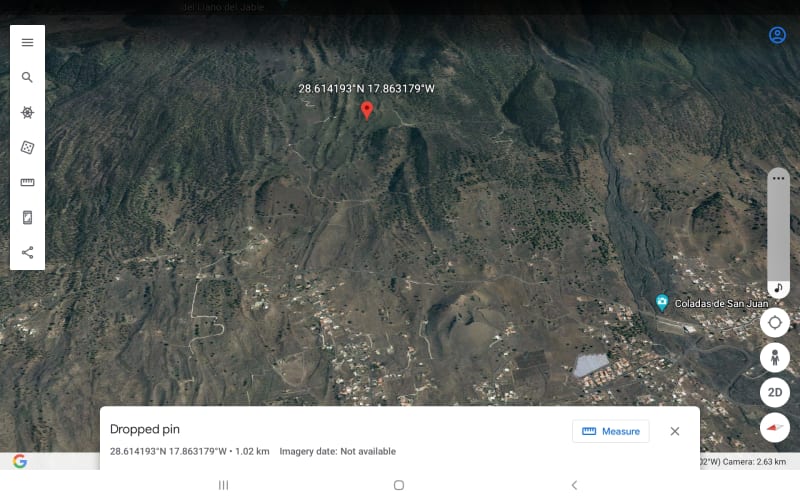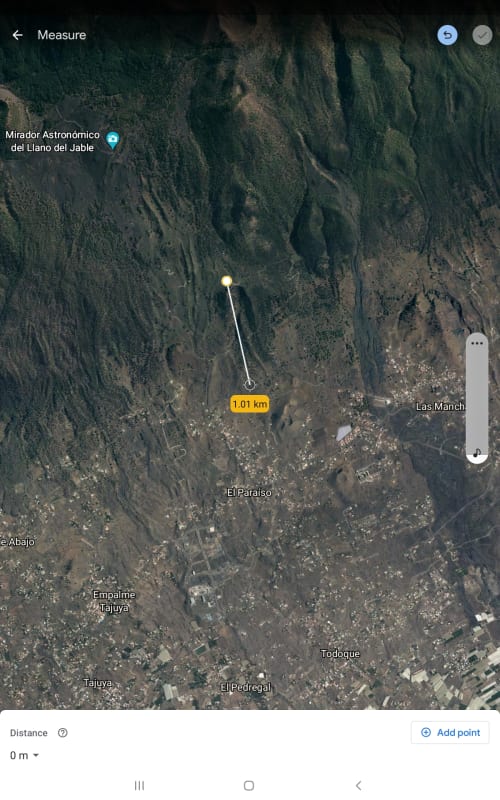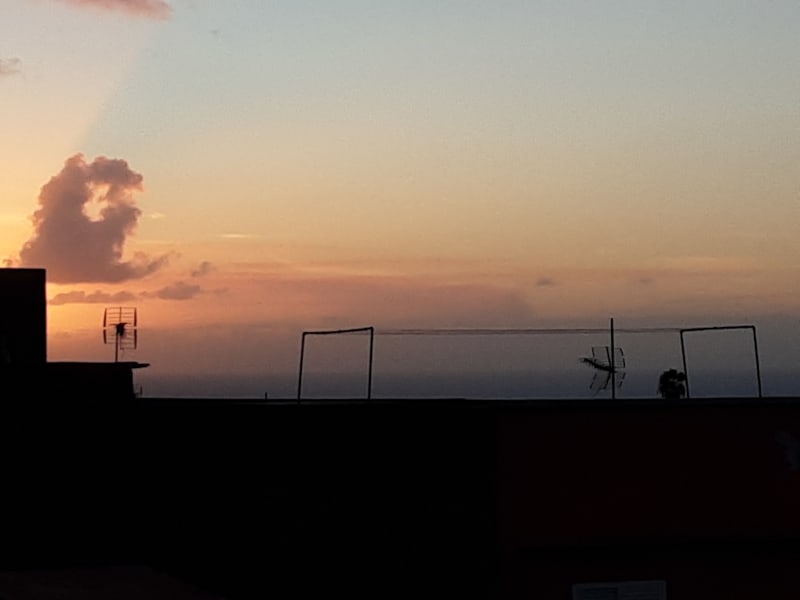The findings of Ward and Day 2001 have gained considerable attention,[19] amplified by increased concerns after the 2004 Indian Ocean earthquake about the hazards posed by tsunamis,[102][103][104] and in turn increased awareness of megatsunami risks and phenomena.[34] The coverage of the risk of a collapse gained criticism for exaggeration,[105] in particular the coverage in North American and English media.[106] They have triggered debate about their validity and the landslide and wave scenarios employed. Various models with different physical specifications have been used to simulate the waves induced by such a landslide.[23] Later estimates have questioned the assumptions made by Ward and Day 2001, mainly with regards to the following:[107]
The authors employed a linear tsunami model that may not properly reflect non-linear processes such as wave breaking that could reduce the height of the resulting tsunami by a factor of about 10.[108][7] Wave dispersion might also act to reduce tsunami height since the wave induced by the Ward and Day 2001 landslide behaves as an intermediate-water depth wave.[109]
The estimated speed and acceleration of the landslide may be unrealistically high for the slopes it would move on, and this inadequate to establish effective coupling between the tsunami and the landslide.[110] Later research has found evidence that sufficient speeds have been reached during collapses at other volcanoes.[111]
The landslide modelled by Ward and Day 2001 may be implausibly thick given the known volumes of Canary Islands mega-landslides, and collapses may have occurred in multiple steps rather than a single failure[112][7] or may have a smaller volume.[113] The thickness of the landslide is a particular issue, as different estimates have been obtained at various volcanoes.[114] Another issue is whether giant landslides occur as a single step failure (as argued for Hawaiian giant landslides) or multistage failures (as appears to be more common in the Canary Islands)[115] and stacking in turbidite deposits generated by landslides are a reliable indicator that these landslides occurred in piecemeal fashion.[116]
In general, many of these studies have found lower wave heights at distance than the original Ward and Day 2001 paper.[117] There are also questions about the southern limit of the width of the unstable zone,[118] about whether creep might stabilize it[119] and about whether it actually exists at all.[120]

